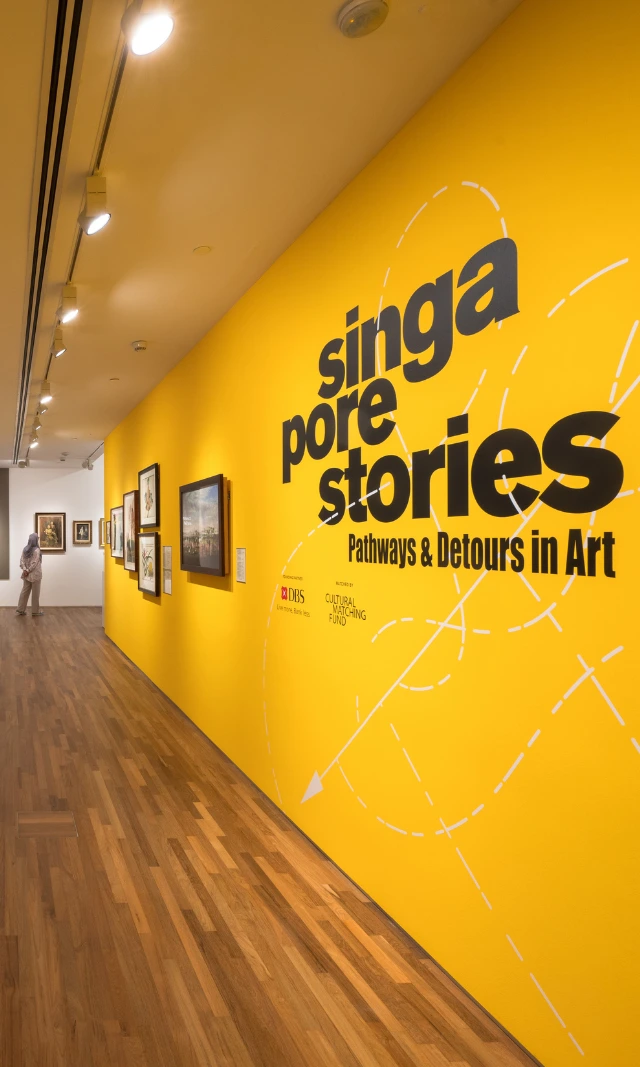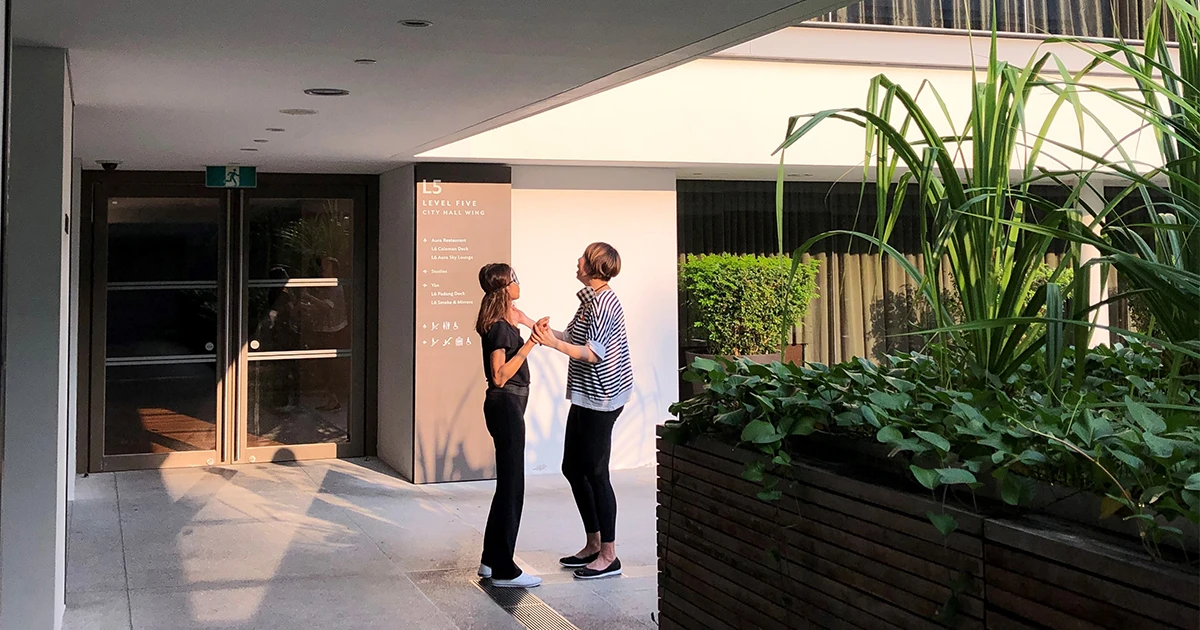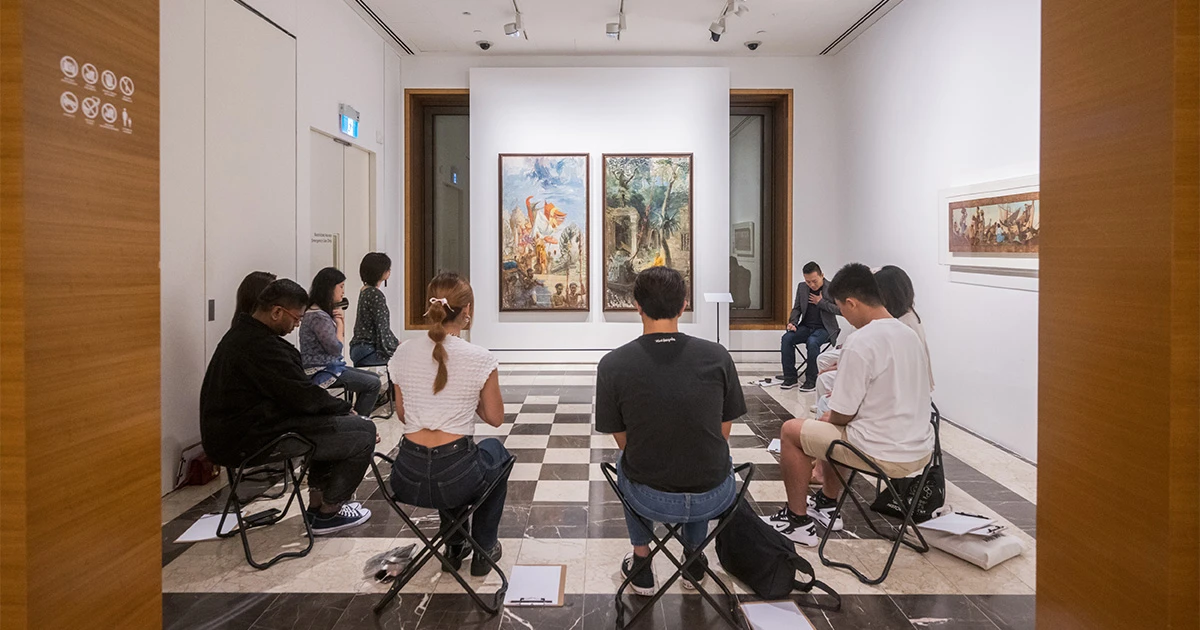How Do We Tag and Track Artworks?
Find out how we tag and track artworks in the Gallery using our RFID-enabled artwork management system, and how it helps accountability to the collection and our stakeholders.

Image courtesy of National Gallery Singapore.
An effective artwork information management system is essential for museum collections management, especially given the frequency and scale of exhibitions at the National Gallery Singapore.
From artwork rotation in our permanent galleries to putting up changing exhibitions such as Awakenings: Art in Society in Asia 1960s-1990s, artwork is constantly moving through our doors. These works come from the National Collection, loans from other museums and institutions, and private collections. Alternatively, they may also be artist commissions. All these works are given individual attention and a high level of care. This involves ensuring that all information on the artwork is in place and up to date.
But with so many works in different places, how do we keep track of all this information?
We do this through our RFID Artwork Management System (RAMS). RFID is an abbreviation of radio-frequency identification and while uncommon in museum collections management, RFID technology has been adopted to enhance visitor experience or for security measures in other museums and galleries.

When an artwork first arrives in the Gallery, it is immediately given a physical RFID tag. The tag is inscribed with a unique tag number which corresponds to the work’s digital artwork record in RAMS. This tag follows the artwork everywhere – from storage to conservation labs, and eventually display.


Like an individual’s ID number, an accession or loan number is an artwork’s main form of identification, connecting an object to its documentation. The Gallery adopts existing accession numbers from artworks in the National Collection and operates a registered running sequence of loan numbers for the artwork loans. This numbering system enables us to store, archive and retrieve documentation relating to the artwork in a quick and intelligible manner.
This numbering methodology is similar to the accessioning system adopted across many museums. The usual method includes the year in which the object entered the museum, the batch in which it entered the museum, and its number within that batch.

There are several benefits to using a RFID-based information management system. As compared to manual artwork inventory management, multiple RFID tags can be scanned at once, which means more data can be read and registered.
RFID also employs near-field technology, which enables staff to scan tags that are within range. This means tagged artworks can be scanned even if they are not immediately in sight – they can be identified even when stored in cabinets, archival boxes, or hung on painting compactors.
Last but not least, such technology reduces unnecessary handling of the artwork, which in turn reduces the risk of damage. All these measures mean that our RFID Artwork Management System has really helped improve overall productivity and increase the level of care we can afford the art that comes through our doors.












